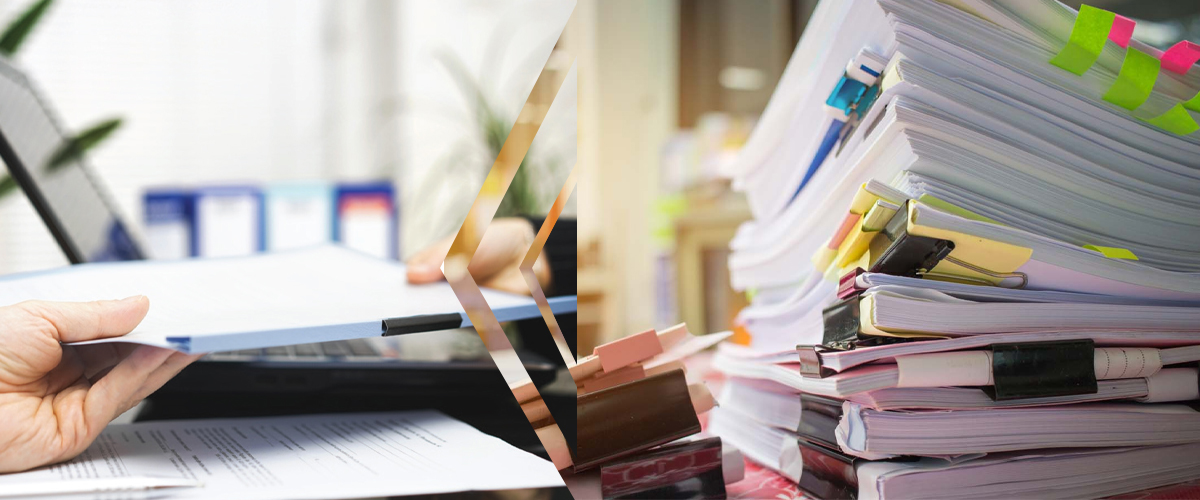Translating technical documents: Is it that tough?
Most junior translators take for granted that translating technical documents is beyond their capacity. This is true even for senior translators of other unrelated expertise. To discuss all the challenges in an article is just impossible. However, let’s take a quick look at some of the top reasons why translating technical documents is absolutely a tough challenge:
- Abbreviations and acronyms, especially names of devices and equipment, are commonly used in technical writing.
- Many unpopular technical terminologies unlikely have Vietnamese equivalents.
- The wordings are rather boring and rigid.
- Extensive brainwork is required, which may reduce the motivation to work.
- Extensive fragmentary contents that hardly follow a cohesive train of thought are found.
- Much greater effort is required to grasp the accurate meaning and convey the source message.
Some of these challenges may definitely be found in other specialized documents, e.g. legal or life science documents. However, technical documents are at a totally different level of challenge.

What takes for excellent technical translations?
In this part of the article, we’ll discuss the 6 key requirements for excellent technical translations.
#1. Language technique
A wide range of language technologies are now available to help translators instantly and effectively address the gap in their vocabulary, but what we need to further enhance is our writing skills, i.e. the skill to express ourselves in our mother tongue. Technical contents are very often written in a precise manner, thus, attention must be paid closely at the sentence structure and all meaning components. In addition, there are hardly any emotional expressions or texts and we must know how to use rigid language in an effective way.
#2. Background knowledge
This is the key factor to crack into a technical document. It helps you grasp at least the nature of the source texts. For technical documents, background knowledge refers to an understanding of technical subject – which is truly hard for language graduates. A technical translator must hold a technical degree or otherwise develop an outstanding ability to accumulate knowledge in his career to meet this requirement.
#3. Ability to follow a professional procedure
Translation requires teamwork, which means there are always working protocols and standards to be followed. It is merely impossible for a single translator to translate, and then edit, review, and perform all other tasks in the translation process without any errors. While in practice, even a minor mistake can cause translation failures with critical consequences.
#4. Concentration
Concentration should be the key to any success in work. Concentration helps you acquire uninterrupted thinking and eliminate translation errors such as omissions and mistranslations. In translation, particularly technical translation, concentration effectively contribute to good quality and high efficiency.
#5. Research skills:
Research skills help compensate for your poor background knowledge. You should know where to look up and how to perform a search with keywords. A translator’s creativity can be judged by this skill, among others.
#6. Computer skills:
Before speech-to-text technology becomes perfect, you still need to type manually and master text processing skills. You may also need to know how to work with folders and the internet. All translators at AM Vietnam are well trained on these skills. However, in practice different issues may occur. In such cases, you need to develop the ability to research and find out alternative solutions.
How to become a professional translator.
In this article, I initially just wanted to discuss how to help you become a good technical translator. This means you will be able to translate a technical document by yourself with reliable quality. But maybe it should be more inclusive.
First, you should keep a work passion. Passion for work will help you acquire the concentration you need. The word “professional” itself requires a translator to be passionate about his work.
Second, you should consider translation as a true brainwork. Learning a foreign language may be difficult for many people, translation is even harder. Fluent speaking with foreigners does not guarantee you a good translation capability.
Third, always remember that you do not work alone. Modern AI and machine-assisted translation along with comprehensive processes will help you become specialized and make translation fun.
Conclusions:
This article is a part of AM Vietnam’s on-boarding program. By sharing our insights, we wish to contribute to the development of a professional and engaged translation community. You may find some sharing confusing, especially if you just start your translation career path. Don’t be worried, our experts at AM Vietnam are always available to help.

